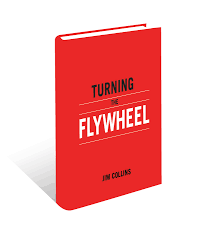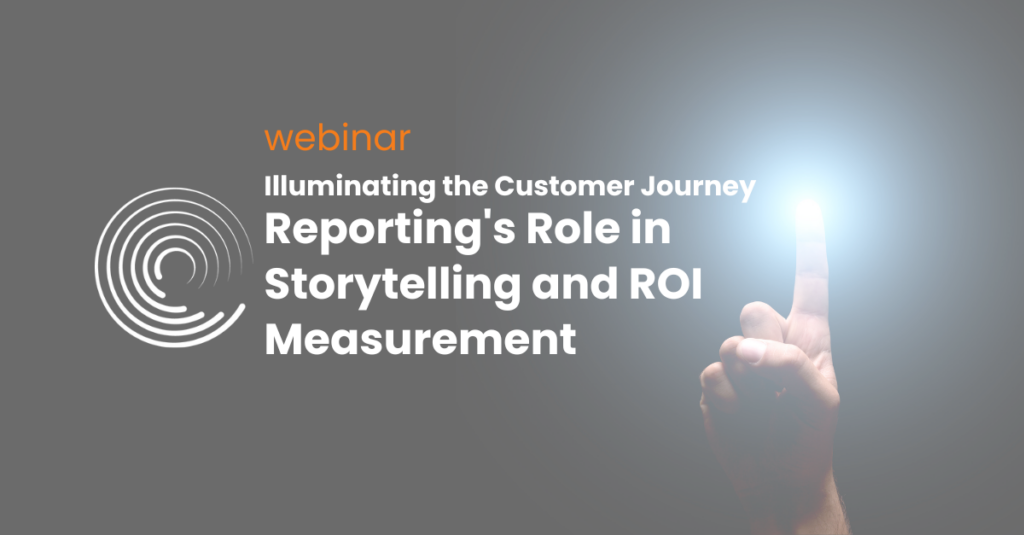In the early days of Jim Harbaugh’s coaching tenure with the San Francisco 49ers, Jim’s mantra was “how can I be one percent better today?” As CEO of a venture-backed startup company, I often ask myself the same question: How can we be one percent better at making decisions? How can we be one percent better at creating success for our customers? But the real question is, how can we make our company overall one percent better every day?

I recently came across a book by Jim Collins called Turning the Flywheel. The Flywheel Effect was an interesting element in Jim‘s book, Good to Great, and also something we talked a lot about when I was at Oracle in the 80s. It’s an analogy of how to build momentum within a company.
So, when my husband Chris and I were in Denver for our daughter’s volleyball tournament, Chris contacted his former professor, Jim Collins, to have dinner with him and his wife, Joanne, in Boulder. Joanne is amazing in her own right as she won the Iron Man in 1985 and is a cancer survivor. In preparation for dinner, I decided to read Jim’s newest creation, Turning the Flywheel.
It was a short monograph-style book, only 41 pages long, which was just the right length for me. A good snack. As I was reading the book, I realized the ideas and methodology he was describing could be really useful for my own company, Full Circle Insights. On page nine, Jim describes a method of creating and understanding your own company’s flywheel, and I was inspired to give it a go. After all, some great companies like Amazon and Vanguard had gone through the same exercise. What would be the risk (besides time, I suppose)? Our management team was also planning an offsite for the company in six weeks, so it seemed like perfect timing. Perhaps the flywheel could be a good theme for some strategic planning. I also thought the flywheel would be a good mechanism to create better alignment in the company.
Our Company Exercise
While we are still building our company’s flywheel now, I can say the experience lived up to and exceeded my expectations. We divided the company into groups of five to six (I wasn’t in a group) and did the following:
1) Created a list of company successes and disappointments on giant sticky note pads, then reported and voted on the top successes and disappointments.
2) Aggregated the top highlights and discussed them in the main group.
3) Reviewed examples and provided guidance on creating draft flywheels.
4) Each group generated a flywheel and reviewed that with the group.
5) Each group critiqued another group’s flywheel for input. I provided some additional observations about the flywheel structure in the book.
6) Each group revised their flywheel and reported on the updated versions.
7) Each group created a list of “bullets” (aka projects) that would enhance the flywheel.
When critiquing the flywheel, we asked ourselves these questions:
- Are there four to six components?
- Does the progression feel inevitable?
- Are the component ideas at the right level or “altitude?”
- Do the components include company and market ideas?
- Does the flywheel relate closely to the successes and disappointments captured earlier?
Now after the exercise, we have three flywheels that are variations on the same theme as well as a list of projects that we might execute to enhance the business. Our next step is consolidating the three flywheels into one and further defining the top projects for consideration. It’s interesting that some of the bullets are actually projects that we started years ago, but didn’t finish due to scoping and priorities.
One of the key things that seemed to help the groups focus on their flywheel was observing a pattern. Here’s the pattern I saw: the first flywheel component described something the company did. The second (and sometimes third) component described customer momentum. The third component described a market-driven fuel that enhanced our operations, and the fourth component captured our ability to grow profits to reinvest into the business.
Final Thoughts
In going through this process, I have the following tips:
1) Encourage everyone to read the book. This is good prep homework for the discussion.
2) Groups of five or six seem to be optimal for discussion and generating coherent ideas.
3) Try not to rush groups to finish. The work product seems to have higher quality when the agenda has a lot of slack time to let groups finish at their own pace.
4) Think of the bullets as projects that operate to enhance the company’s flywheel.
5) Be sure there is organized follow up to finish the flywheel and identify new initiatives that will help the flywheel spin faster.
While we did this as a company of about 20 people, one of the questions that emerged is how to scale this process. Usually senior management teams take on this exercise. In our personal experience, it worked well to have 20 or so attendees to drive the conversation, capture notes, iterate and draw in other teammates. As icing on the cake, the exercise also fostered alignment across the organization, which also helps create new efficiencies.
How can we get one percent better every day? Perhaps it starts by understanding the flywheel at your company and working to spin it faster and faster every day.




